Your support helps us to tell the story
From reproductive rights to climate change to Big Tech, The Independent is on the ground when the story is developing. Whether it’s investigating the financials of Elon Musk’s pro-Trump PAC or producing our latest documentary, ‘The A Word’, which shines a light on the American women fighting for reproductive rights, we know how important it is to parse out the facts from the messaging.
At such a critical moment in US history, we need reporters on the ground. Your donation allows us to keep sending journalists to speak to both sides of the story.
The Independent is trusted by Americans across the entire political spectrum. And unlike many other quality news outlets, we choose not to lock Americans out of our reporting and analysis with paywalls. We believe quality journalism should be available to everyone, paid for by those who can afford it.
Your support makes all the difference.
US employers have slowed their rate of hiring, adding 139,000 jobs in May amid growing uncertainty surrounding President Donald Trump’s trade wars, according to the Department of Labor.
The figures, released on Friday, reveal a slight drop from April’s revised figure of 147,000.
The unemployment rate remains at 4.2 per cent.
Trump’s aggressive and unpredictable policies, particularly his sweeping taxes on imports, have clouded the economic outlook, raising fears of a potential recession.
Economists anticipate that these policies will negatively impact the US economy, with tariffs increasing costs for American companies that rely on overseas materials, potentially leading to hiring freezes or layoffs.
The Department of Government Efficiency (DOGE), until recently led by billionaire Elon Musk, has already cut federal workers and cancelled government contracts. The crackdown on illegal immigration is expected to exacerbate labor shortages for businesses.
Despite these concerns, the government’s economic data has yet to reflect any significant adverse effects.
The US economy and job market have proven surprisingly resilient in recent years. When the inflation fighters at the Federal Reserve raised their benchmark interest rate 11 times in 2022 and 2023, the higher borrowing costs were widely expected to tip the United States into a recession.
Instead, the economy kept growing and employers kept hiring.
But former Fed economist Claudia Sahm warns that the job market of 2025 is not nearly as durable as the two or three years ago when immigrants were pouring into the US job market and employers were posting record job openings.
“Any signs of weakness in the data this week would stoke fears of a recession again,” Sahm, now chief economist at New Century Advisors, wrote in a Substack post this week.
“It’s too soon to see the full effects of tariffs, DOGE, or other policies on the labor market; softening now would suggest less resilience to those later effects, raising the odds of a recession.’’
Recent economic reports have sent mixed signals.

The Labor Department reported Tuesday that US job openings rose unexpectedly to 7.4 million in April – seemingly a good sign. But the same report showed that layoffs ticked up and the number of Americans quitting their jobs fell, a sign they were less confident they could find something better elsewhere.
Surveys by the Institute for Supply Management, a trade group of purchasing managers, found that both American manufacturing and services businesses were contracting in May.
And the number of Americans applying for unemployment benefits rose last week to the highest level in eight months.
Jobless claims – a proxy for layoffs – still remain low by historical standards, suggesting that employers are reluctant to cut staff despite uncertainty over Trump’s policies.
They likely remember how hard it was to bring people back from the massive but short-lived layoffs of the 2020 Covid-19 recession as the US economy bounced back with unexpected strength.
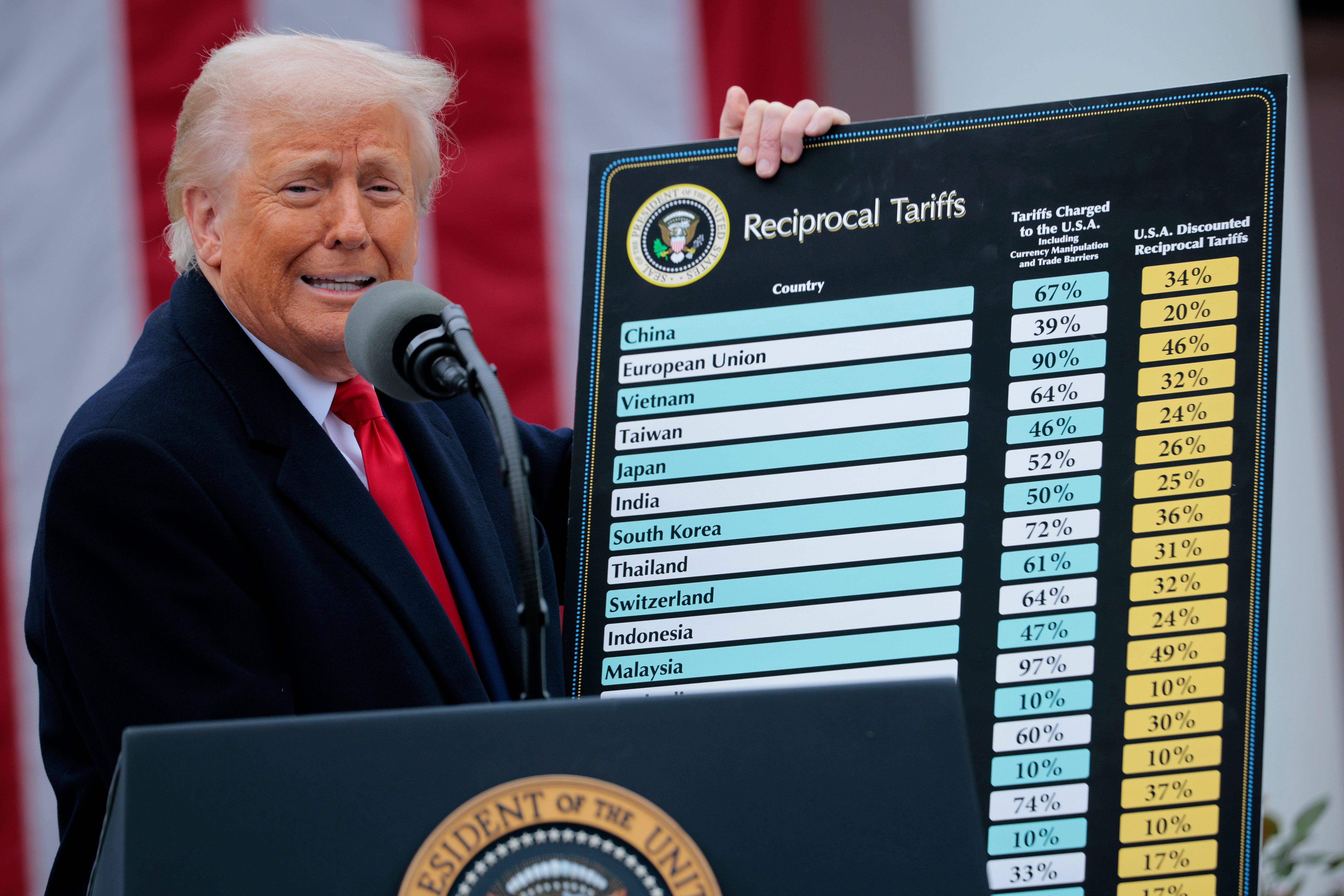
Still, the job market has clearly decelerated. So far this year, American employers have added an average 144,000 jobs a month. That is down from 168,000 last year, 216,000 in 2023, 380,000 in 2022 and a record 603,000 in 2021 in the rebound from Covid-19 layoffs.
Trump’s tariffs, and the erratic way he rolls them out, suspends them and conjures up new ones, have already buffeted the economy.
America’s gross domestic product – the nation’s output of goods and services – fell at a 0.2 per cent annual pace from January through March this year.
A surge of imports shaved 5 percentage points off growth during the first quarter as companies rushed to bring in foreign products ahead of Trump’s tariffs. Imports plunged by a record 16 per cent in April as Trump’s levies took effect.
The drop in foreign goods could mean fewer jobs at the warehouses that store them and the trucking companies that haul them around, wrote Michael Madowitz, an economist at the left-leaning Roosevelt Institute.




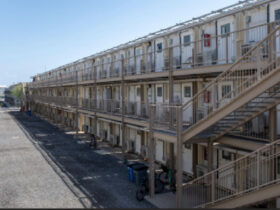

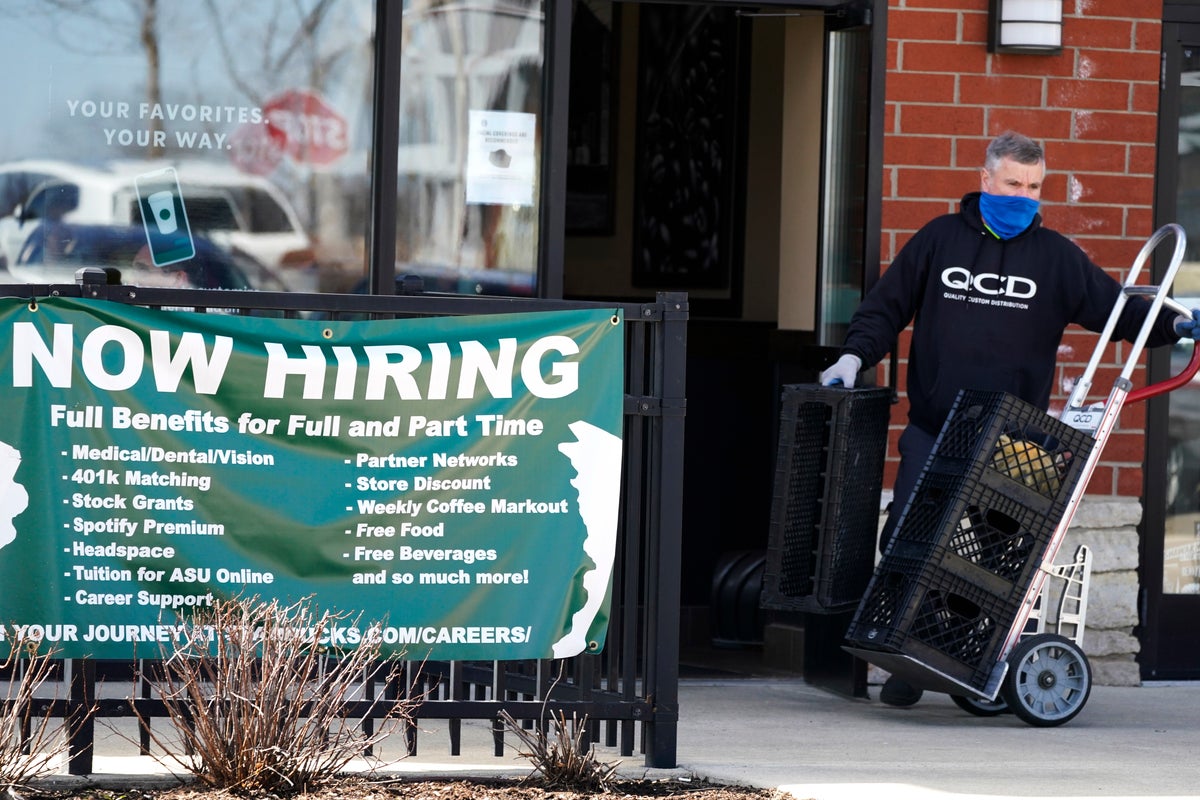
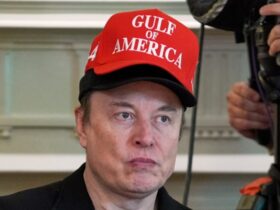


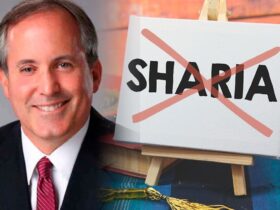
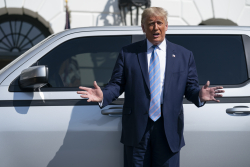


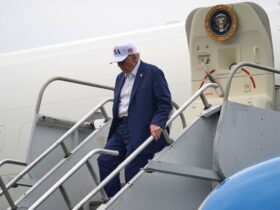
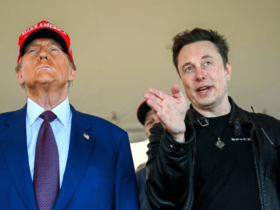
Leave a Reply